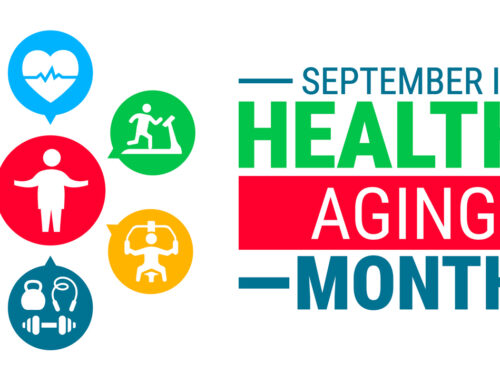“Growing old is not for the faint of heart” as the saying goes. It’s certainly not easy to see yourself age but sometimes it can be even harder to watch your parent’s or other loved ones getting older. You want to help but you don’t know where to start. You don’t want to insult them or make them feel that you are taking on the role of their parent. You aren’t sure when to intervene or even how. Fortunately, FirstLantic has created this guide to help you navigate what is often a complex and emotional issue.
Recognizing the signs:
Whether we want to see the signs (or not) that someone needs help, they are often there. It could be simple things like your mother’s messy home when she used to be fastidious about neatness. Or it could be that your father is forgetting simple things even though he used to be able to remember even the most minor detail. If you see one issue in isolation it might not necessarily be a big problem, but chances are that it won’t just be one thing.
Look for patterns:
Changes in personal hygiene or home environment
Lack of interest in family and friends
Extreme forgetfulness
Withdrawing from social activities
Unpaid or overdue bills
Unused medication
Most of us know our family members well enough to notice when something is different, however, we often ignore the obvious because we don’t want to admit it. The worst thing you can do is avoid the issue because you are not sure how to handle it. There are always places to go for help.
Broaching the topic:
For many people, the hardest part is to begin the dialogue and find a way to bring up your concerns. Try to make it as natural as possible so that your loved one does not become defensive. Ask them if they have noticed changes in themselves or if they are experiencing problems of any kind. Let them know that you’re there for them and that you want to help and to be their advocate. If you are not getting any response, then perhaps it might be easier have their doctor speak with them or a close friend who might be of a similar age. Sometimes it’s a lot harder to admit challenges to your children than it is to a third party or a friend. No matter how you do it, try to be patient, listen to them and don’t be condescending. Remember that this easy for either one of you, so try to use kindness and even humor and don’t feel the need to solve everything in one conversation.
How to get help:
Once you have determined there is a problem and discussed it with your loved one, the next step is to get support. And this can often be the hardest part about this process because it is confusing and you don’t know where to turn, especially if you don’t live close to your parents. Fortunately, there are many resources that can assist you and we have provided a comprehensive list below. The important thing to realize is that you are not alone and there are available support mechanisms.
Aging Associations and Governmental Services:
• Area Agency on Aging (AAA) has info on living options near you.
• National Council on Aging
• Medicare ranks local nursing homes and home-health agencies.
• LeadingAge network of aging-services agencies, has a housing-locator service on its website.
• State Insurance programs
• National Center for Complementary and Integrative Health
• ElderCare Resource Directory
• Government Services Locator
• Benefits Eligibility
• Association for Community Living
• Senior Corps – senior companion volunteers
Food Assistance Programs:
• Supplemental Nutrition Assistance Program (SNAP)
• Senior Farmers’ Market Nutrition Program (SFMNP)
• Commodity Supplemental Food Program (CSFP)
• https://www.fns.usda.gov/csfp/commodity-supplemental-food-program
• The Emergency Food Assistance Program (TEFAP)
Other Available Resources:
• FirstLantic.com – home service solutions including health aides, nurses, light housekeeping, medication management, companionship
• LiveWell Placements – free service that helps patients find the best living solution
Adult day services offer meals, activities, companionship and some medical care.
• Program of All-Inclusive Care for the Elderly (PACE). It’s free for those who qualify for Medicaid; others pay about $3,000 a month.
• If you and your family member want to live near each other but not in the same house, you can now rent a fully equipped, backyard mini-apartments that attach to your home’s utilities. Some of these so-called assisted living structures come with monitoring systems.
• Assistive-technology companies have products that can ensure your relative is safe. SimplyHome offers monitoring equipment such as motion sensors and GPS watches, and QuietCare has a motion-sensor system that can learn a person’s daily patterns and send alerts when there is a significant change.
• In some areas nonprofit support networks called Villages help older residents stay in their homes. Volunteers perform some everyday tasks, and the Villages also arrange for discounted services, from plumbing to nursing care. • Annual membership fees are usually $300 to $500. See whether there’s a Village near you.
• Occupational therapists can evaluate a home and its resident and recommend grab bars and other changes to improve safety. They also help clients develop strength and skills, such as balance, so they can manage more of their daily activities. Studies show that visits from an OT help older people stay in their homes longer.
 AVAILABLE 24 HOURS A DAY/7 DAYS A WEEK
AVAILABLE 24 HOURS A DAY/7 DAYS A WEEK Careers
Careers







